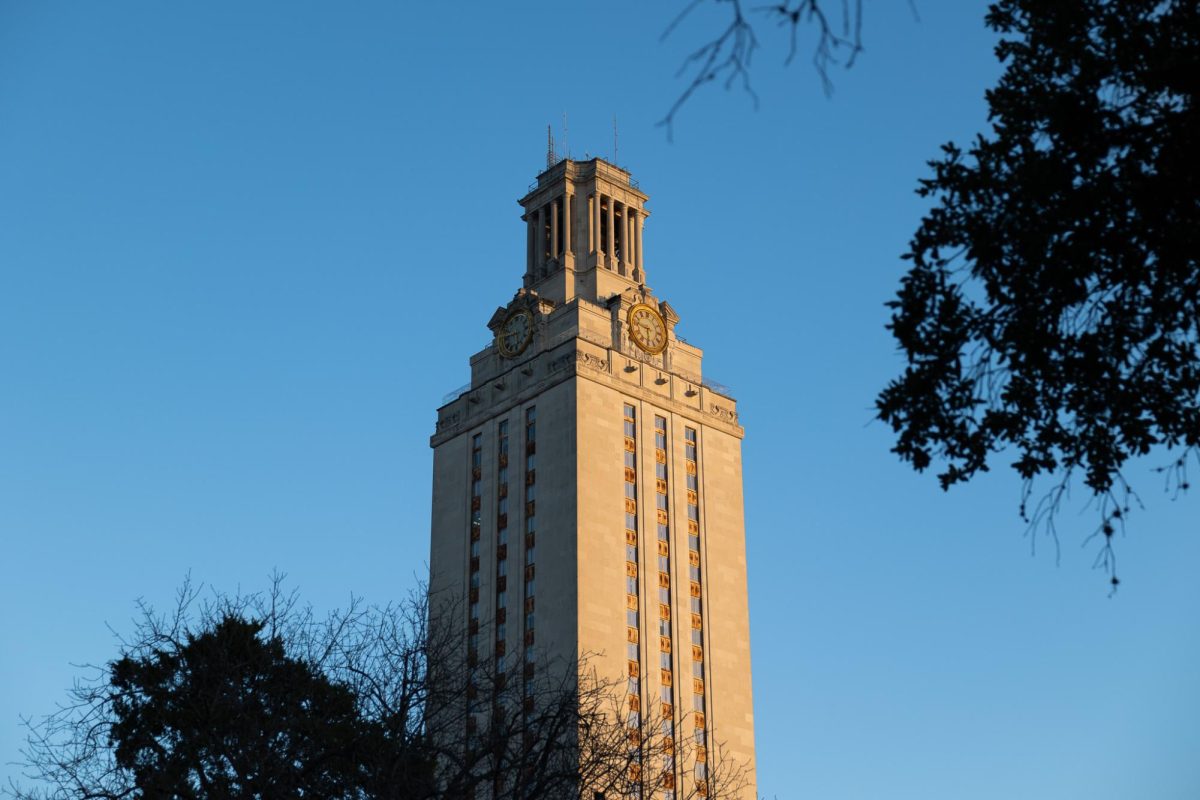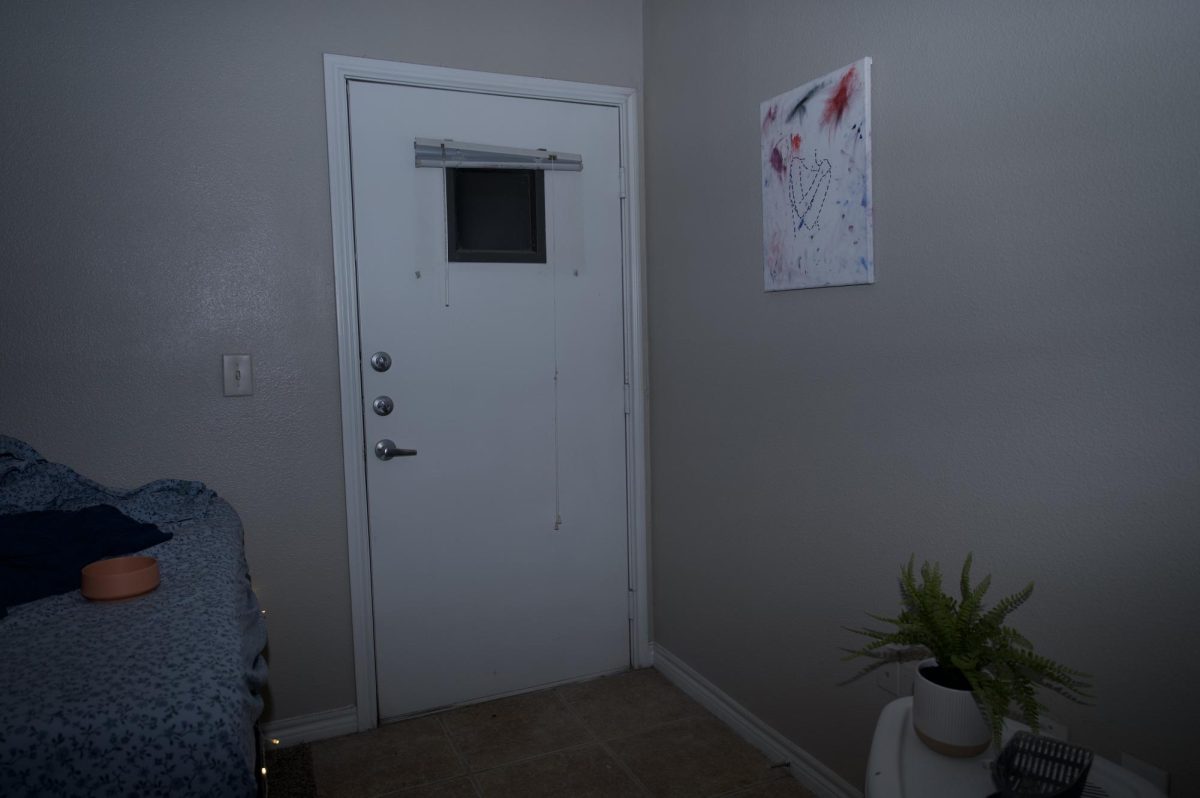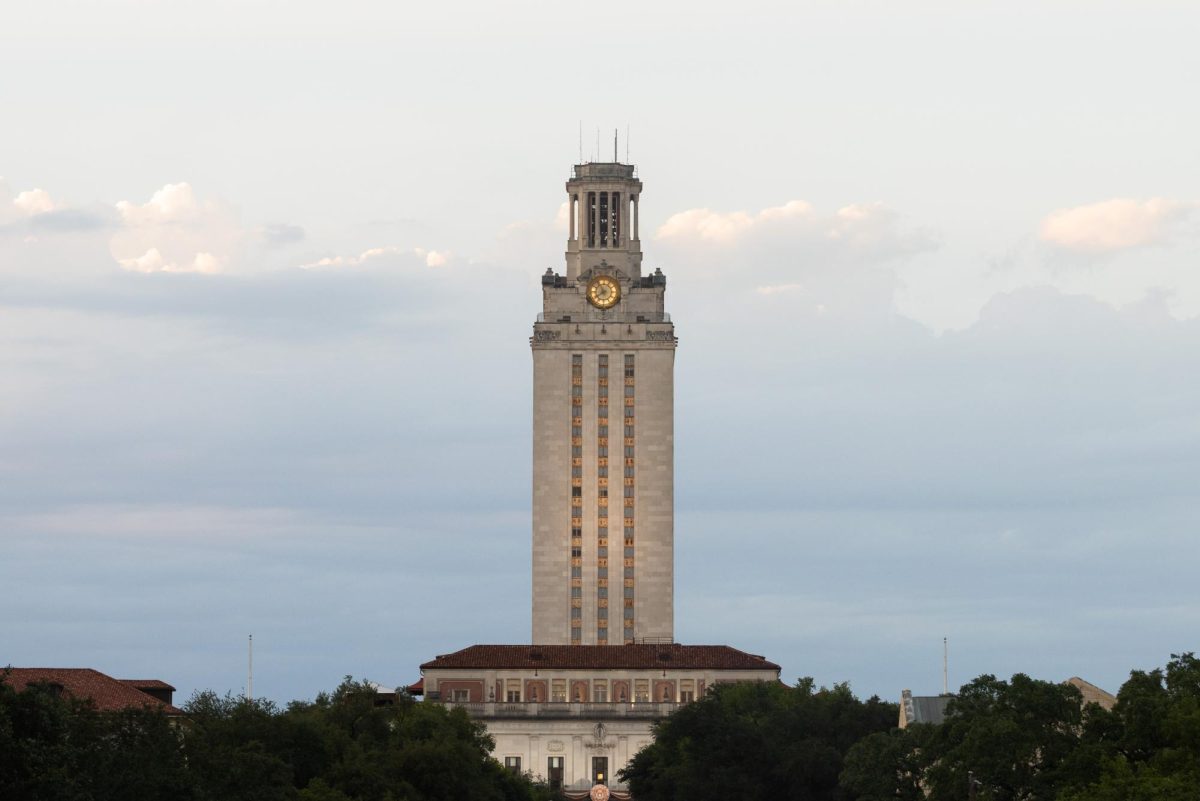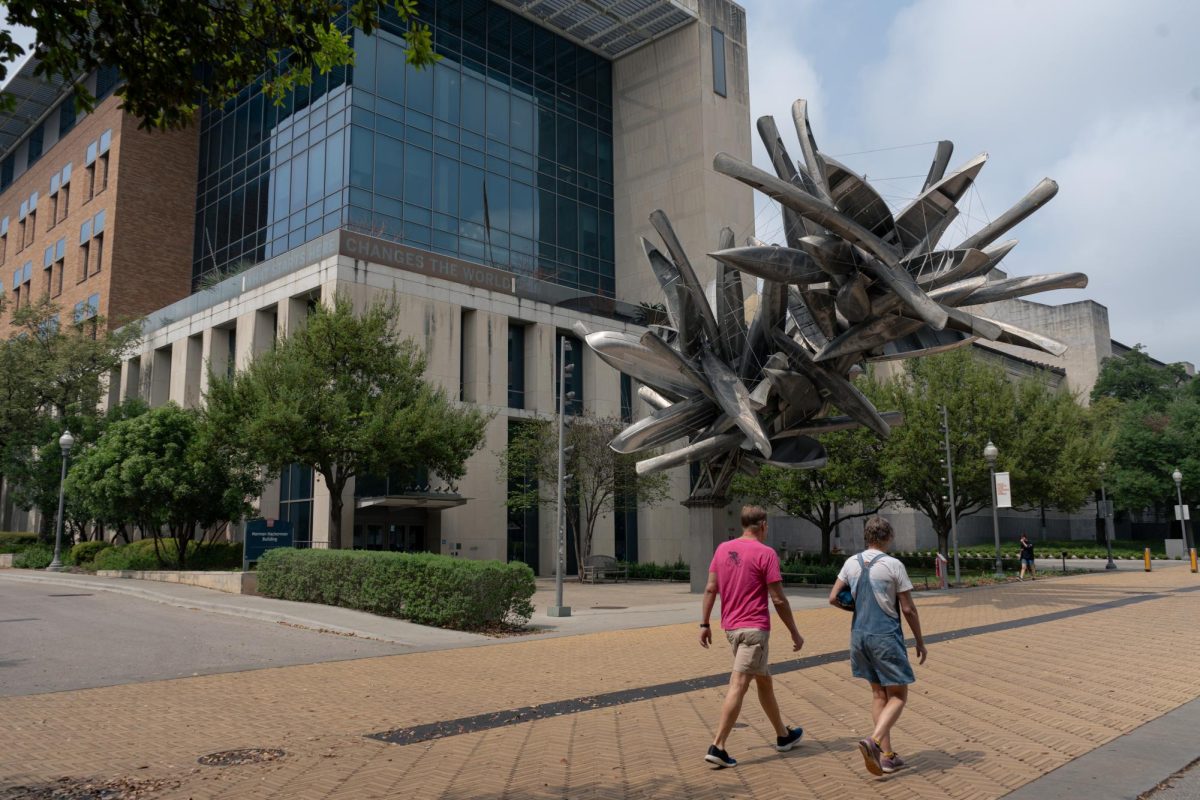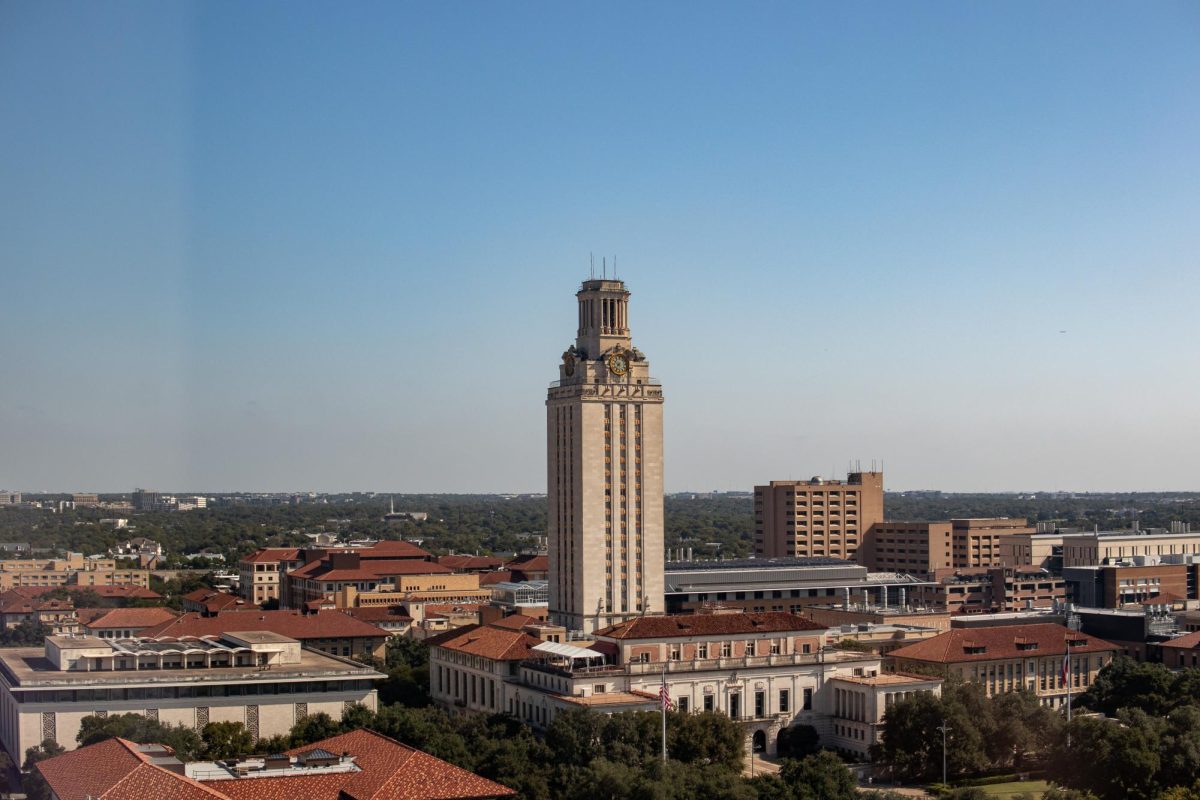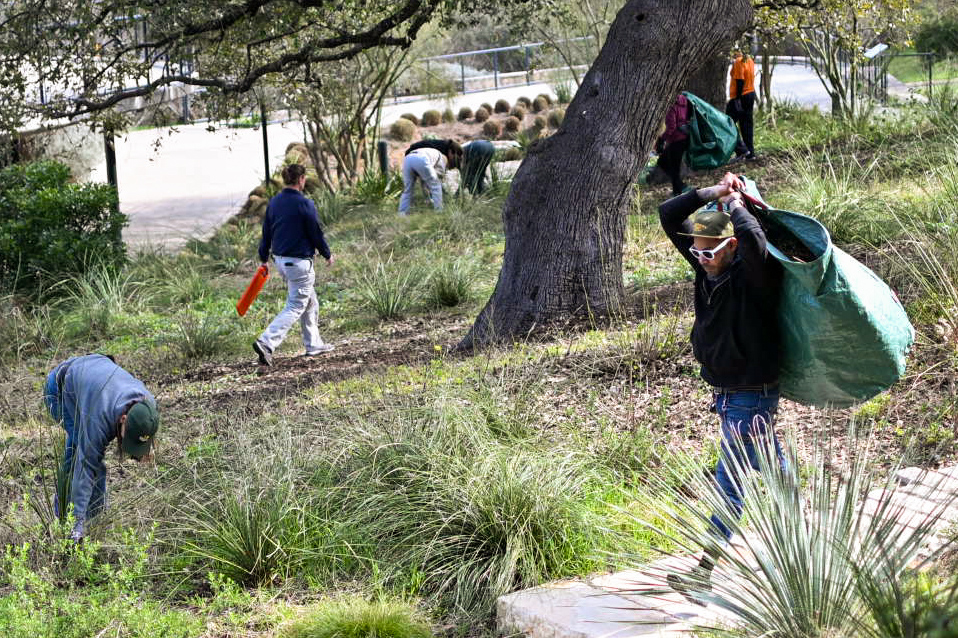VIENNA — Satellite surveillance has shown an increase in activity at an Iranian site suspected of links to alleged secret work on nuclear weapons, officials tell The Associated Press.
One of the officials cited intelligence from his home country, saying it appeared Tehran is trying to cover its tracks by sanitizing the site and removing any evidence of nuclear research and development. Counterparts from two other countries confirmed sightings of increased activity but said they did not have reasons to believe it was linked to such efforts.
Their focus is on a structure believed to be housing a large metal chamber at a military site that a Nov. 8 International Atomic Energy Agency report described as being used for nuclear-related explosives testing.
Officials from the three IAEA member countries say that recent satellite imagery of the site, at Parchin, southwest of Tehran, shows increased activity, including an unusual number of vehicles arriving and leaving. One of the officials described the movements, recorded Nov. 4-5, as unusual and said his country views it as evidence that Iran is trying to “clean” the area of traces of weapons-related work.
“Freight trucks, special haulage vehicles and cranes were seen entering and leaving… [and] some equipment and dangerous materials were removed from the site,” said a summary he provided to the AP.
His counterparts agreed there had been more activity than usual at the site around that date but could not conclude that pointed to an attempted cover-up by the Iranians.
Iran is already under U.N. Security council sanctions because of concerns it seeks to develop nuclear weapons, and the IAEA report has increased international pressure. But the Islamic Repulic insists it has no such intentions and says Israel, and its undeclared nuclear arsenal, is the main threat to the Middle East.
The large Parchin complex is used for research, development, and production of ammunition, missiles, and high explosives. IAEA experts had already visited the site twice in 2005 and were allowed to pick several buildings at random for inspections that revealed nothing suspicious. But a former inspector who was part of that inspection told the AP that the site was too vast to be able to draw conclusions on the basis of such restricted and haphazard visits.
Iran asserts it is interested only in producing energy. But it has refused for over three years to allow the IAEA to probe growing suspicions that it is conducting research and development of such weapons and continues to enrich uranium, which can be used both to power reactors of arm
nuclear warheads.


